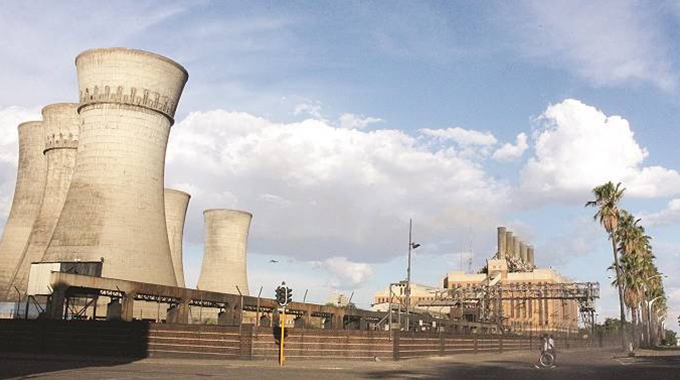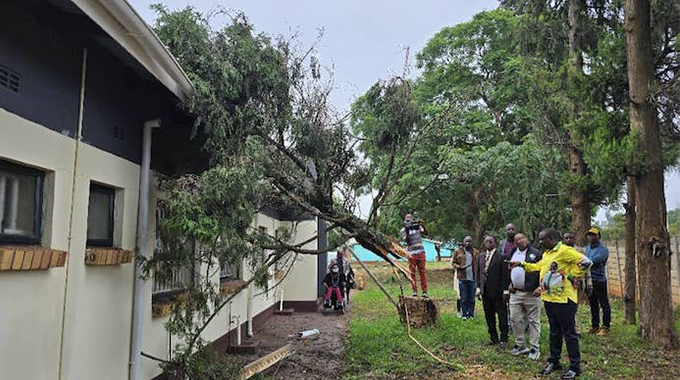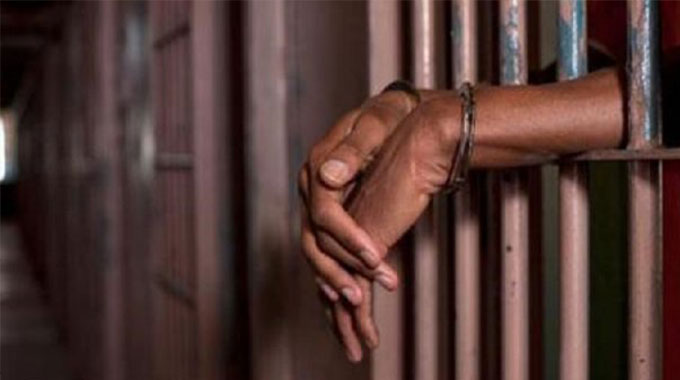Residents oppose Bulawayo Power Station decommissioning

Peter Matika, [email protected]
BULAWAYO residents have expressed concern over the decommissioning of the iconic thermal power plant that resonates with the city’s moniker “koNtuthu ziyathunqa” and have implored authorities to consider refurbishing it so that it helps boost the city’s power and water supply.
In a statement, the Bulawayo Progressive Residents Association (BPRA), through a study carried out by Dr Wayne Malinga, called for its rehabilitation instead of decommissioning.
“Since the dawn of independence in 1980, Zimbabwe has been relying on small thermal power stations as alternative sources of electricity generation to feed into the national grid. Most importantly, these thermal power stations have been instrumental in providing electricity to residences in areas such as Harare, Munyati and Bulawayo,” he said.
Dr Malinga said coal has been used as the major source of power. He said the main driving force behind Government’s decision to decommission the small thermal power stations is the need for transition into renewable energy.
“This simply means the abandoning of the burning of fossil fuels that has largely categorised operations in these small stations,” he said.
Dr Malinga said the old dilapidated infrastructure has not been refurbished, a development which largely affected the operational capacities of the stations.
“While this is seen as a good move in terms of adhering to international protocols in terms of the abandoning of fossil fuels and migration into just energy transitions, this has humongous consequences on residents in the city of Bulawayo,” he said.
“The Bulawayo station, due to long years of abandonment and lack of investment, is currently producing 0MW (against a current capacity of 90MW and an original of 120MW). Bulawayo has not been producing any electricity as of March 24, 2023.”
Dr Malinga said as a result of that, Government is considering shutting down the Bulawayo thermal power station and has directed Zesa to undergo a process of evaluating the efficacy and efficiency of the station to devise a strategy on the way forward.
He argued that the decommissioning of the plant would also not only heighten power cuts, but fuel unemployment too.
“Job losses are going to be experienced by both the residents of Bulawayo and Zesa employees working at the thermal power station. For the residents, those working in industries and any other businesses highly dependent on electricity for operations will be adversely affected,” said Dr Malinga.
“Zesa employees will suffer retrenchment and in some instances get transferred with their families experiencing moves to new areas or work stations.”
Dr Malinga argued that decommissioning the plant could deter investment.
“Local, regional, and international investors may avoid Bulawayo due to its perceived instability and ‘bad investment’ image. Many businesses heavily rely on technology and a consistent power supply,” he said.
“Without these crucial factors, business viability suffers. Investors seek profit, and Bulawayo, in its current state, risks experiencing an exodus of existing investors and failing to attract new ones.”
Full story on www.chronicle.co.zw
Last year, Government said it would forge ahead with plans to decommission small thermal power stations in the country while driving more investment towards renewable energy sources in line with the global shift from fossil energy, as part of strategies to limit harmful emissions into the atmosphere.
Energy and Power Development Minister Edgar Moyo said the decommissioning of the plants will be done in a manner that takes into account possible negative domestic impacts on ordinary citizens who may be affected by the global transition.
“When we talk about just transition, we are talking about our movement from where our energy mix is dominated by fossils. When we migrate to renewable energy, that transition needs to be managed properly so that we exercise justice to those who will be affected,” he said.
“If we are to close down our thermal plants like we are already decommissioning our small thermals in Bulawayo, Munyati and Harare, the effect of it is on human resource base where there is anxiety by people.”
Minister Moyo said as the world is slowly transitioning towards ground-breaking energy technologies and climate adaptation, Zimbabwe is among the countries focused on pioneering approaches for just transition through resilience projects.
Zimbabwe has already adopted a roadmap to electricity self-sufficiency with a focus on accelerating high-capacity green projects and diversifying the energy mix to ensure the country does not import power by 2025.
The plant, which has a strong historical significance for the city, has been under dispute for several years now, with various stakeholders suggesting that it be decommissioned while others are calling for its rehabilitation.
The plant was commissioned between 1947 and 1957 by the City of Bulawayo.
The power station was then merged with Zesa in 1987 after the amalgamation of all the local authority electricity undertakings, the Electricity Supply Commission power station in Munyati and Hwange, and the Central African Power Corporation station at Kariba.
While Bulawayo Power Station initially had an installed capacity of 120MW, a refurbishment exercise in 1999 on the ageing plant gave it a new lease of life. However, due to its age and dilapidation, the station capacity is now 0MW.
The main materials needed for the generation of electricity are coal, water, chemicals, oil, greases, and spare parts for maintenance.












Comments